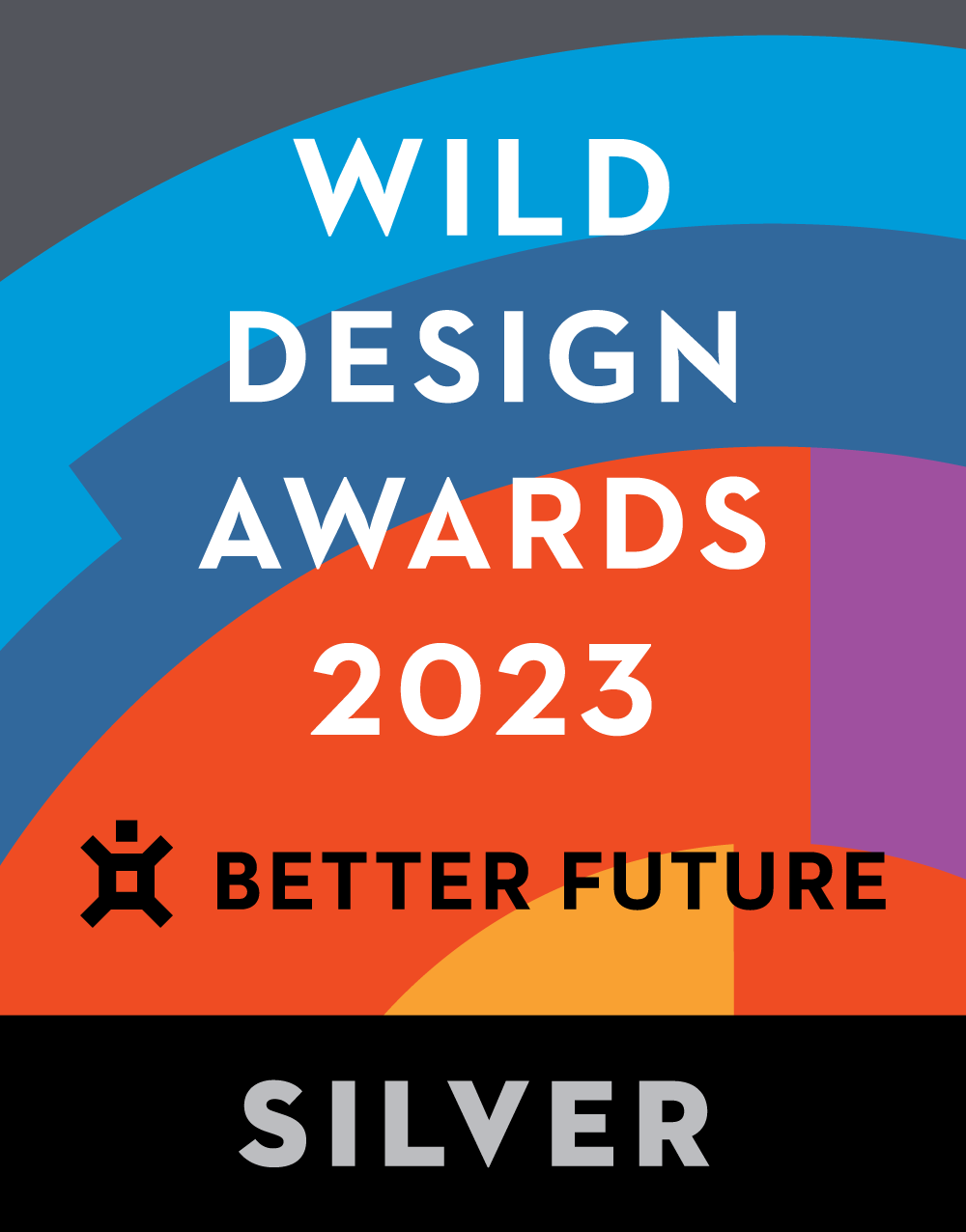Key Dates
-
categories
-
Architecture
-
Architecture - Public and Institutional - Education - International
-
Interior Design
-
Interior Design - International Residential - Executive Suite
-
Space Plus
Space Design
-
Product Design
-
Communication Design
-
Graphic Design - Identity and Branding - Property - Commercial
-
Graphic Design - Identity and Branding - Property - Lifestyle
-
Graphic Design - Identity and Branding - Property - Services
-
Advertising & Marketing
-
Service & System Design
Experience Design
-
Digital Innovation
-
Web & App Design
-
Better Future
Transformative Design
-
- quick start guide
- nominate
- 2023 winners
- home
pond[er]
National Gallery of Victoria / Taylor Knights Architects, in collaboration with James Carey | Architecture - Public and Institutional










Image Credit : Derek Swalwell
Tom Ross

Project Commissioner
Project Creator
Taylor Knights Architects, in collaboration with James Carey
Project Overview
Referencing Sir Roy Ground's open-air courtyards in the original design of NGV, this architecture and landscape installation comprises two key design elements: a body of indigenous plants and a body of water. Referring to the inland salt lakes in Victoria, pond[er] highlights the scarcity and political implications of water as a natural resource. pond[er] includes beds of Australian wildflowers that bloom at different times throughout the installation, seeking to highlight the beauty, precariousness, and temporality of our natural ecology. Envisioned as a space that becomes part of the NGV garden rather than a separate architectural object, pond[er] invites visitors to move into the installation through an accessible walkway, arriving at the pink pond where they can wade within. Through a slow engagement with pond[er], it is hoped that visitors project into the future with positive intentions, encouraging a custodianship and care of our local ecologies.
Team
Practice Team Peter Knights, Design Architect James Taylor, Design Architect Eva Florindo, Graduate of Architecture Consultant / Construction Team Dr James Carey, Artist Ben Scott, Ben Scott Garden Design, Landscape Consultant Chris Eggins, Leading Landscape Constructions, Construction Manager Luke Sykes, Tescher Forge, Steel fabrication Will Mackie, Nicolas Building Surveyors, Building Surveyor Mohamad Tayeh, WSP Australia, Structural Engineer
Project Brief
Each year, the annual commission is selected via a two-stage national competition, in which architects or multi-disciplinary teams are invited to submit a design for an engaging temporary structure or installation to activate the NGV’s Grollo Equiset Garden, one of Melbourne’s great civic and cultural spaces. Through the brief, we saw the opportunity to contribute to the conversation of the current ecological adversities we face. As architects, designers, and artists, we have a fundamental responsibility to encourage our communities to begin to live, work and play in different ways. Through doing this, we believe that the future is bright; a future filled with positivity, optimism, and alternative ways of living; a future where we take custodianship of our land and water systems; a future concerned with care.
Project Innovation/Need
By interiorising the Australian landscape, pond[er]’s progressive design becomes a space for contemplation, conversation, connection, and play. The installation is designed to encourage moments of quietness; to sit and ponder the temporal and material attributes of both water and flora. The platform to the side of the installation encourages moments of conversation; to discuss these notions, propositions, and provocations concerning our climate and biodiversity crisis. By moving into the pink pond, visitors wade through the architecture, the water becoming a conduit for connection and to also cool off during the hot summer months. pond[er] responds to the seasons; in Summer there’s laughter and splashing; in Winter, it’s quiet and reflective. By denying the installation of walls, pond[er] becomes a public space rather than architectural spectacle, reminiscent of civic squares and their power to bring people together, to activate and engage with this installation in multiple of ways.
Design Challenge
pond[er] directly addresses our current ecological adversities through an architectural and landscape response that touches the ground lightly, using water and flora as its core materials. It promotes water systems custodianship, education, and awareness of traditional foods through local, edible floras. pond[er] is a space that becomes part of the existing ecology rather than a built object imposed on its environment. A truly democratic and accessible scheme, pond[er] raises awareness and issues for other creative practitioners, and the public at large, to think about how we want to positively live, work and play moving into the future. It is hoped that through pond[er]’s conceptual thematic, and its initial use and then re-distribution of ethically sourced materials to various Landcare, indigenous and community groups, that these techniques and processes might influence future generations of practitioners to think through similar ways of working and designing in, and for the world.
Sustainability
pond[er] has been designed in such a way that all materials are ethically sourced and manufactured and can be disassembled and reused in future architecture and landscape projects. All materials were chosen as they are ecologically responsible, recyclable and used within our local landscape. Our intention is that no materials within pond[er] will end in land fill. We have been working specifically with the Willum Warrain Aboriginal Association, Victoria, who will use some of the materials from pond[er] in an upcoming landscape project; These Are The Projects We Do Together, a Melbourne based design studio that focuses on education and experimentation across their projects and sites. Materials from pond[er] will be used in their ongoing rehabilitation landscape project in a sandstone quarry in The Otways, Victoria; Ben Gilbert from Agency of Sculpture, who will utilise materials from pond[er] in an upcoming regional and civic sculptural project, collaborating with disadvantaged youth.
Architecture - Public and Institutional
This award celebrates the design process and product of planning, designing and constructing form, space and ambience that reflect functional, technical, social, and aesthetic considerations. Consideration given for material selection, technology, light and shadow.
More Details

